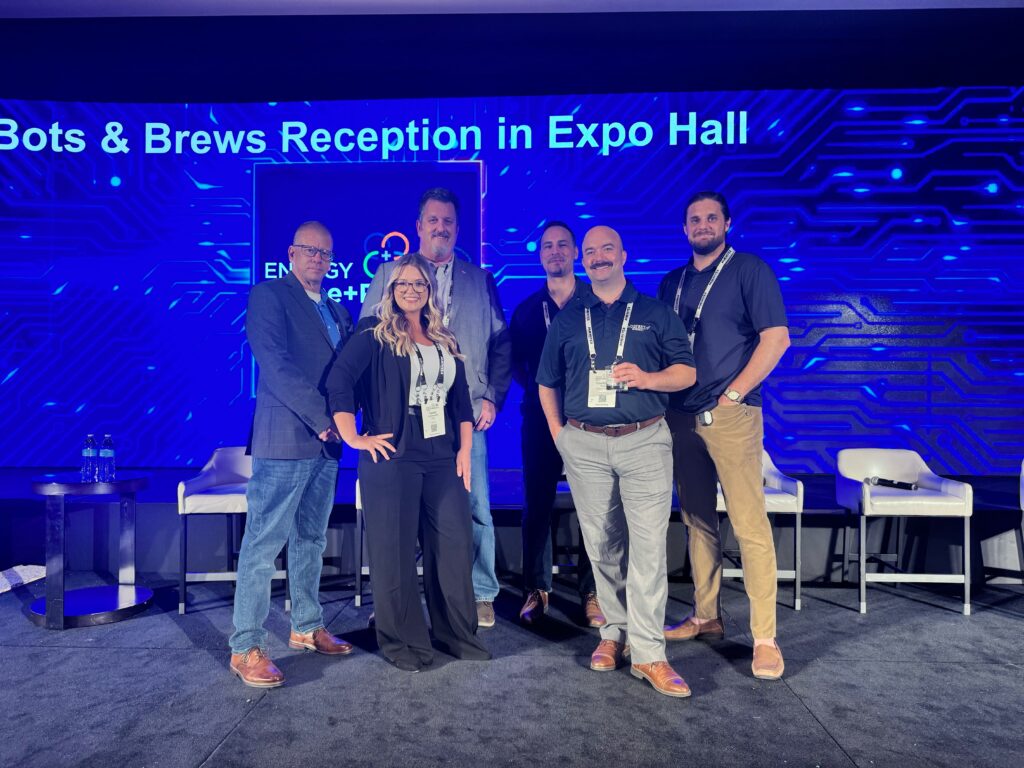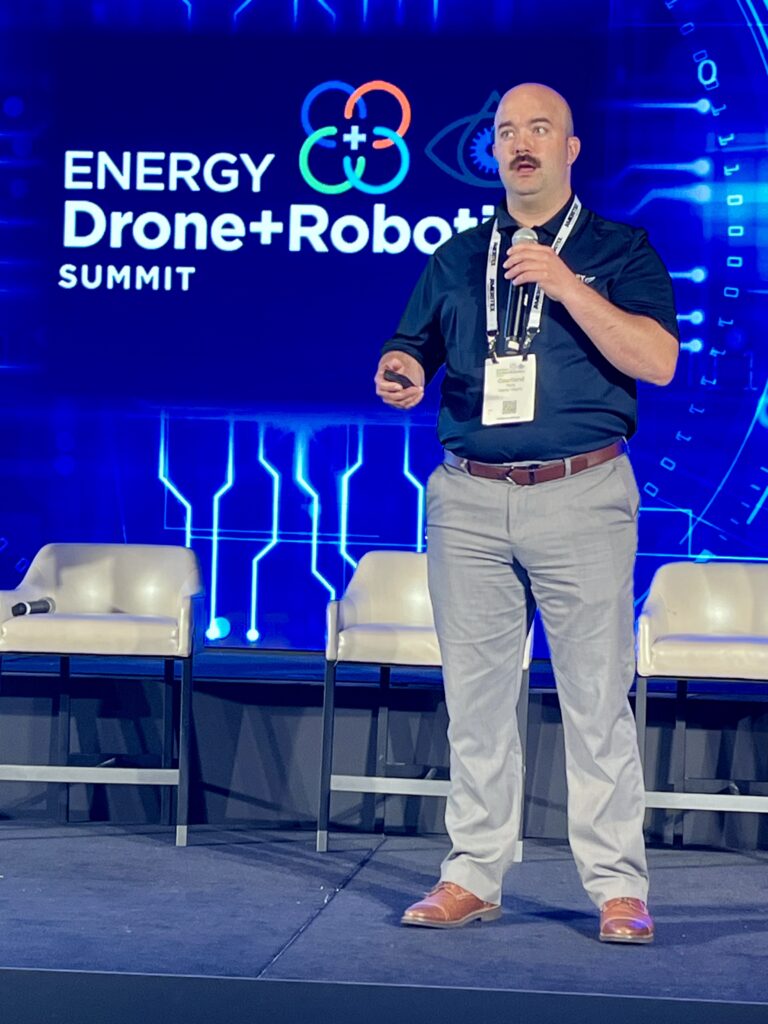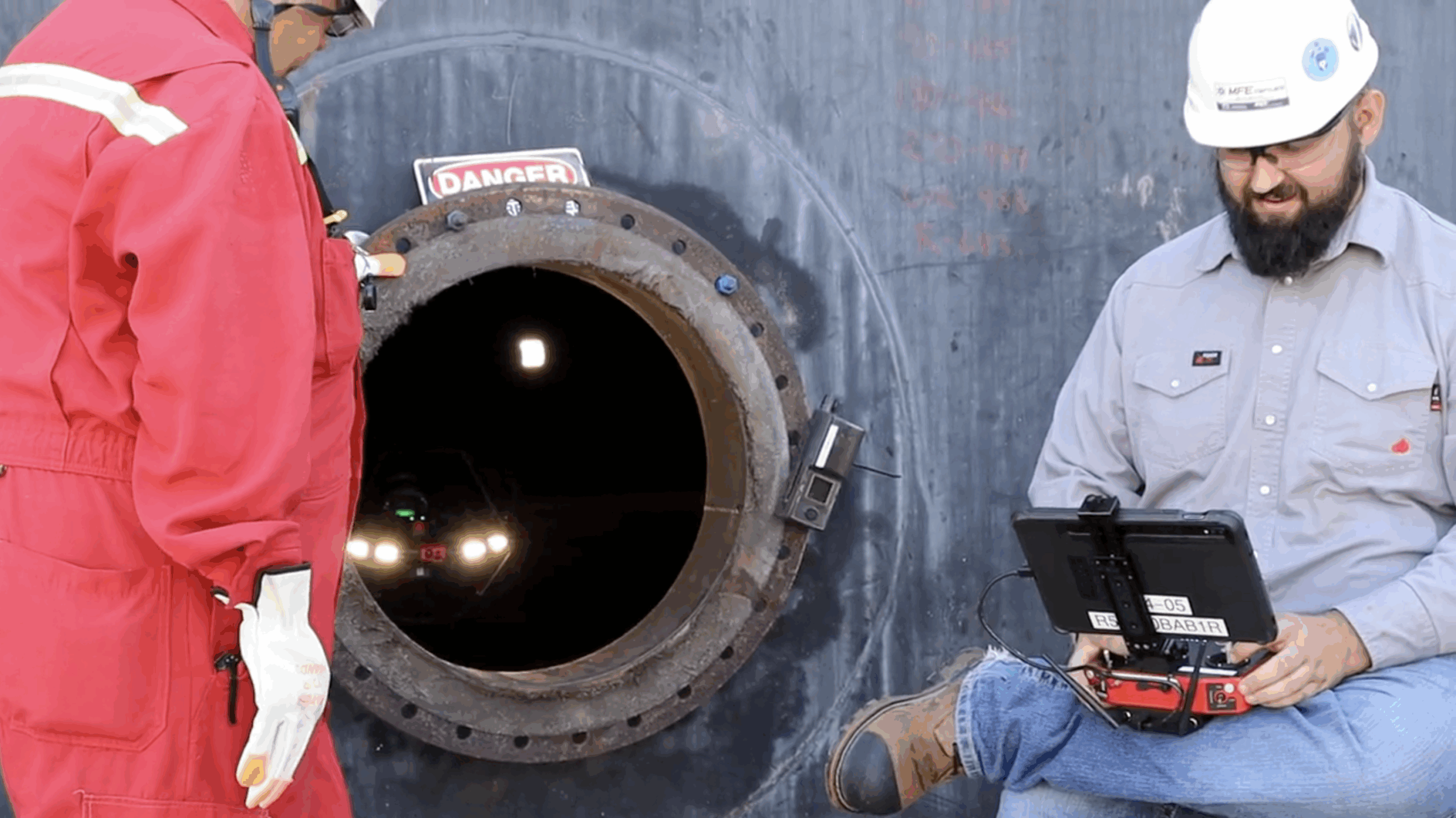In the high-stakes energy industry, the push for safer, faster, and more reliable inspections has never been more urgent. Yet, even as drones, robotics, and advanced analytics promise to transform the field, the biggest hurdle isn’t technology—it’s culture. The journey from skepticism to seamless integration of innovation in energy inspections is complex, riddled with organizational inertia, internal politics, and the ever-present fear of failure. But as industry leaders revealed in a recent panel at the 9th Annual Energy Drone and Robotics Coalition Summit, the path forward must be paved with transparency, persistence, and a relentless focus on both safety and value.

Why Culture Eats Technology for Breakfast
Despite a flood of investment in digital tools, nearly three-quarters of energy executives say company culture still impedes the adoption of new technologies. The problem isn’t a lack of gadgets or software—it’s the mindset that “we’ve always done it this way.” As Marty Robinson of Dow put it, “It’s human nature to take the path of least resistance. If you’ve built a rapport and a way of working, it’s uncomfortable to challenge that—even if the new way is better,” he said.
John McClain of PEMEX Deer Park recounted, “At Shell, innovation was baked into the culture. When I moved to a different company, suddenly I was knocking on doors, trying to convince people to use the same drone program that had been a no-brainer before.”
This cultural inertia is reinforced by the structure of many energy companies. Employees often hesitate to propose new tools if it means challenging internal customers or stepping outside their comfort zones. “Building confidence in the data is crucial,” Robinson emphasized. “Start with the low-hanging fruit—do the simple jobs, prove the benefits, and then build from there,” he advised.
The Awareness Gap: Hidden Programs and Untapped Potential
Even when innovation takes root, awareness can lag. Matthew Thrasher of Occidental Petroleum described a situation that’s all too common. “We have a well-established drone program, but sometimes different business units don’t even know it exists. I’ve seen teams try to buy new equipment when we already have the tools in-house,” he explained.
This disconnect isn’t just inefficient—it’s costly. Internal marketing, regular communication, and cross-functional collaboration are essential to ensure that every part of the organization knows what resources are available and how to leverage them. As Thrasher put it, “It really can be an awareness thing—making sure all your different business units are aware of the technology you already own.”
When Innovation Backfires: The Cost of Overpromising
Of course, innovation isn’t without its risks. Casey Collinsworth of Ineos shared a cautionary tale. “We partnered with a smaller company that promised fast results with a new crawler for piping inspections,” he recounted. “The engineers hadn’t fully tested it in the field, and the project ran into delays. If the service provider had just been transparent and said, ‘We’re still developing this,’ it would have saved us a lot of pain.”
On the critical need for transparency and building trust, Zacc Dukowitz of MFE Inspection Solutions noted that transparency, due diligence and clear communication with business units is key. He recommended honesty about one’s experience and limitations: “No, we haven’t done that before, but it’s plausible, or no, the hardware is not there yet, but this is what’s coming around the corner thanks to feedback.” He added, “Building trust is super imperative…It’s important that you make that first impression and lasting one when you’re trying to talk within your own departments.”
Transparency isn’t just about managing expectations—it’s about protecting the hard-won credibility of those internal departments and budding champions. “You only get one shot to make a first impression,” warned Courtland Penk of Osprey Integrity. “If you overpromise and underdeliver, you reinforce skepticism and make it harder for the next innovation to get a fair hearing,” he warned. (Watch Courtland Penk with Tedman Jess of Suncor Energy on the Dawn of Autonomy Podcast for “Energy Month”).

Turning Challenges into Solutions: The Power of Pilot Programs
So how do you break through the wall of hesitation? The panelists agreed: start small, prove value, and communicate relentlessly.
Robinson described Dow’s ambitious initiative to eliminate 1,000 confined space entries using robotics. “We set a clear, visible goal and tracked every result. We did roadshows, tech demos, and shared success stories across the company. That first year, we knocked out over 1,100 entries—and that got leadership’s attention,” he noted.
Success breeds success. Once Dow had a concrete win, the program scaled globally. Eventually, company leadership mandated that no confined space entry could occur without first considering a robotic alternative. “It was a top-down and bottom-up approach,” said Thrasher. “You need leadership support, but you also have to empower the field to come up with solutions,” he explained.
The ROI of Innovation: Stories That Sell
Nothing accelerates adoption like a compelling success story. Collinsworth recalled, “We bought a drone for flare stack inspections. In just two days, it paid for itself by eliminating the need for expensive contractors. Now, every time there’s a steam event or upset, we use our own drone. That’s immediate ROI.”
Dukowitz explained the ROI for a typical maintenance disruption. “To be able to respond to something that would have historically taken 24 hours…(at) a quarter million an hour in downtime. And we took that 24 hours and compressed it to three. So you can do the math on the 21 hours saved pretty quickly. That shows the value right away,” he said.
These stories aren’t just for leadership—they’re also internal marketing gold. “Share your wins in newsletters, safety meetings, and business reviews,” Collinsworth advised. “Get everyone thinking, ‘Is there a safer, smarter way to do this?’”
Every panelist had a story of failure or near-miss. The consensus: be transparent, set realistic expectations, and treat every pilot as a learning opportunity. According to Collinsworth, “If you’re honest about limitations, people will trust you when you say the next solution is ready.”
Internal Champions: The Unsung Heroes of Change
A recurring theme was the importance of internal champions—people who are passionate about technology and willing to advocate for change. “Find someone you consider a technology champion,” Thrasher recommended. “Have them push from the inside, not just rely on outside influence.”
Building a network of advocates ensures that innovation doesn’t stall when key personnel move on or when organizational priorities shift. As Robinson noted, “Even if you’ve built a culture of innovation, you have to keep educating, doing roadshows, and telling your story. Don’t assume everyone knows what you’re doing.”
Safety and ROI: The Twin Engines of Adoption
For energy companies, safety is non-negotiable—and it’s often the best argument for innovation and to win over those internal advocates. “Go for safety and ROI—they work hand in hand,” McClain emphasized. “When you keep people on the ground and save on cranes or scaffolding, you’re not just reducing risk—you’re saving money,” he said.
Robinson added, “One of our early logos for the robotics group had all the safety symbols, but the VP said, ‘You’re missing something—where are the dollar signs?’ Safety and cost savings go together.”
Hybrid Models: The Best of Both Worlds
No single approach fits every company. Most organizations blend internal capabilities with external partners. “For things you need right now, buy the tool and train your people. For specialized or infrequent tasks, outsource to experts,” said Collinsworth. “It’s about flexibility—having the right tool for the job when you need it,” she added.
Penk agreed: “It’s a journey. As technology and internal policies change, your approach will shift. The key is to vet your partners, build long-term relationships, and keep adapting.” (See prior AG coverage about Suncor Energy’s hybrid program).
The Human Factor: Addressing Job Security and Change Fatigue
Innovation can spark internal company anxiety about job security. Thrasher addressed the elephant in the room.“People worry that robots will take their jobs. But the reality is, we’re getting busier. The goal is to do more with the people we have, reduce exposure hours, and keep everyone safe. There’s a human factor to this technology,” he advised.
Robinson added, “Industrial cleaning is tough, dangerous work. Now, operators can do the job from an air-conditioned room with a joystick. Which would you prefer?”
Measuring Success: From Use Cases to Enterprise Value
Quantifying the value of innovation is essential for scaling. “We created an innovation savings tool, tracking direct cost savings from robotics, drones, and industrial cleaning,” Robinson explained. “Talk to the planners and engineers—get their input on what was saved. The numbers add up fast.” Aggregating these wins across business units provides the data needed to justify further investment and drive enterprise-wide adoption.
The Road Ahead: Embedding Innovation in Energy Inspections
As the energy sector faces mounting pressure to deliver safer, more efficient, and sustainable operations, the real differentiator will be a culture that embraces innovation at every level. The lessons from the field are clear:
- Start small, prove value, and scale fast.
- Communicate relentlessly—internally and externally.
- Celebrate wins and learn from setbacks.
- Invest in people as much as technology. Keep the human factor front and center.
Penk said it best: “You might only have one shot to make that first impression. Make it count—because when you do, you’re not just changing inspections. You’re changing the culture of energy itself.” (Read prior AG coverage of Osprey Integrity’s groundbreaking drone energy inspections with the Voliro-T drone here and here).
This article draws on insights from a panel of industry leaders including Marty Robinson (Dow), John McClain (PEMEX Deer Park), Courtland Penk (Osprey Integrity), Zacc Dukowitz (MFE Inspection Solutions), Matthew Thrasher (Occidental Petroleum), and Casey Collinsworth (Ineos), as well as recent industry research and best practices.
Watch Sean Guerre on the Dawn of Autonomy and read prior AG coverage about the 9th Annual EDR Summit.
Also watch Courtland Penk of Osprey Integrity and Laurent Zimmerli of Voliro on the Dawn of Autonomy.

